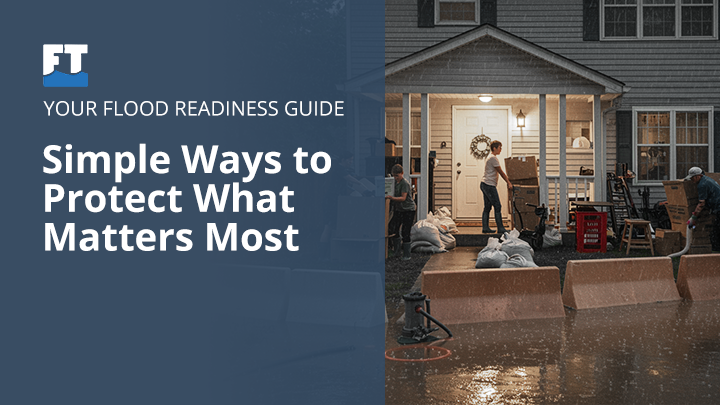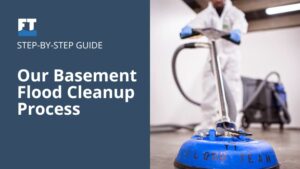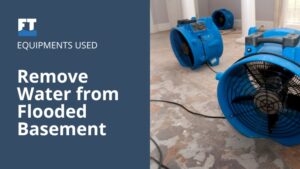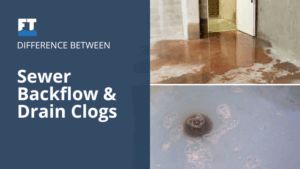Imagine waking up to the sound of heavy rain tapping against the windows. At first, it feels cozy until you notice water creeping across the floor. In a matter of hours, a peaceful day can turn into a stressful scramble to protect what matters most. It’s moments like these that remind us just how quickly nature can change everything. For many homeowners, the question isn’t if a flood will happen, but when.
In this blog, we’ll show you how to get ahead of the storm. You’ll learn tips on how to prepare for future flooding so you can protect your home, your belongings, and your peace of mind before the next storm rolls in.
Tip 1: Know Your Flood Risk and Have a Plan
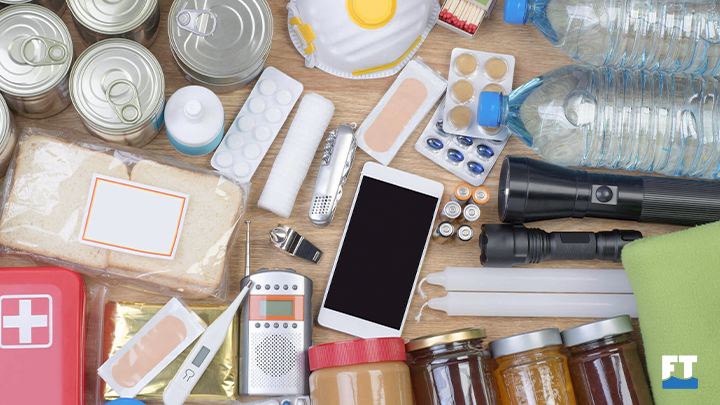
1. Know Your Flood Zone
First things first: find out if your home is in a flood-prone area. FEMA’s flood maps are free and easy to check online. Even if your home hasn’t flooded before, that doesn’t mean it won’t. Flooding can happen outside high-risk zones, too. It helps to know where you stand.
2. Create a Family Emergency Plan
If a flood hits, you don’t want to scramble. Decide ahead of time how your household will evacuate, where you’ll meet, and how you’ll stay in touch. Make sure kids understand what to do, and don’t forget your pets.
3. Pack an Emergency Kit
Floodwaters can block roads and knock out power. A good emergency kit should have bottled water, non-perishable food, flashlights, batteries, a phone charger, first-aid supplies, and a battery-powered radio. Put it all in a waterproof bag or container and keep it within easy reach.
4. Get Flood Insurance
Homeowner’s insurance usually doesn’t cover flood damage. That catches a lot of people off guard. Look into flood insurance through the National Flood Insurance Program (NFIP) or a private provider. It can save you thousands later.
Tip 2: Strengthen and Safeguard Your Home
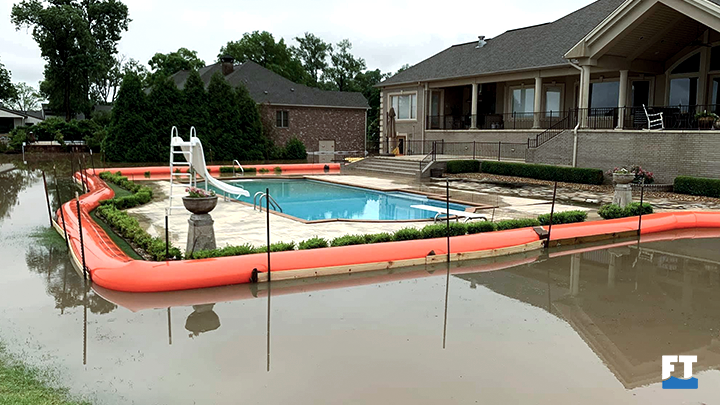
1. Improve Drainage Around Your Home
Check your yard and landscaping. Is water draining toward your house? That’s a big problem. Your yard should slope away from your foundation. Also, clear out gutters and downspouts so they can actually do their job. Regular maintenance helps prevent drain clogs, which can otherwise lead to overflow and increase your flood risk.
2. Seal Cracks and Gaps
Water finds the tiniest way in. Use weather-resistant sealant on any cracks in your foundation, gaps around windows, and the edges of doors. It won’t stop a full flood, but it can prevent water from seeping in during heavy rain.
4. Install Flood Vents
These are vents placed in foundation walls and enclosed areas like garages. They let water pass through without building pressure that could crack or shift your foundation. It’s a smart upgrade that can limit major damage.
5. Add a Sump Pump and Backflow Valve
If you have a basement, a sump pump is essential. It pumps water out as it collects. Get one with a battery backup so it still works if the power goes out. A backflow valve protects your home from sewage backup, which can cause serious damage and health risks. Trust us, you do not want to skip that.
6. Raise Key Utilities
Protect your furnace, hot water heater, and electrical panel by raising them off the ground. If they’re in a basement or low-lying area, consider relocating them to an upper floor. This can help you avoid serious damage from basement flooding, which often hits utilities first.
7. Move What You Can to Higher Ground
If a flood warning is in place, act fast. Move furniture, documents, electronics, and keepsakes to the second floor or higher shelves. You can replace furniture. You can’t replace photo albums or your kid’s first art projects.
8. Use Temporary Barriers
Sandbags are old-school but still work. Place them around doors, garages, or other points where water might get in. There are also modern water barriers you can reuse and set up in minutes.
Before, During, and After a Flood
Stay Alert
Sign up for weather alerts from local agencies. Flood conditions can change by the minute. A NOAA weather radio or emergency alert app can give you up-to-the-second updates.
Act Early, Not Last Minute
Don’t wait to see how bad it gets. If officials say to evacuate, do it. Don’t gamble with time. Charge your phone, grab your emergency kit, and go. Waiting too long could trap you.
Be Smart After the Flood
Wait for the all-clear before going back. Floodwater might still be around or hiding dangers like downed wires and bacteria. Take photos of the damage for insurance. Toss anything soaked with floodwater that can’t be cleaned, and mold grows fast. And once it’s safe, consider calling flood restoration services to handle cleanup and prevent long-term damage.
Don’t Wait Until the Water Rises
Floods don’t give warnings, but preparation does. If you want to protect your home before the next big storm, The Flood Team is the flood restoration company you can count on. From proactive flood prevention to expert cleanup after the damage is done, we’re ready to secure your home and peace of mind.
Don’t leave your home at risk. Book a free evaluation with The Flood Team today and take the next step toward real flood protection.
Final Thoughts
You can’t stop a flood from happening, but you can take preparations that reduce the damage and stress it brings. Whether it’s sealing up cracks, lifting your valuables, or getting your emergency plan in place, preparing ahead of time gives you a real shot at protecting your home and the people in it. The storms may be out of your hands, but how ready you are for them is entirely up to you.
FAQs
How do I know if my home is at risk for flooding?
Use FEMA’s flood zone maps online or contact your city’s zoning office. They’ll help you figure out your flood risk based on location and elevation.
Can I do anything to prevent flooding in my basement?
Yes. Keep gutters clean, seal foundation cracks, and install a sump pump with a backup battery. These steps help reduce the chances of basement flooding.
What should I include in my emergency kit?
Water, food, first-aid supplies, medications, flashlight, radio, chargers, and important documents. Keep it all in a waterproof bag or container.
How can I protect valuables before a flood?
Move them to higher levels, use waterproof bins, and scan documents to store them digitally. Every small step helps limit the damage.

